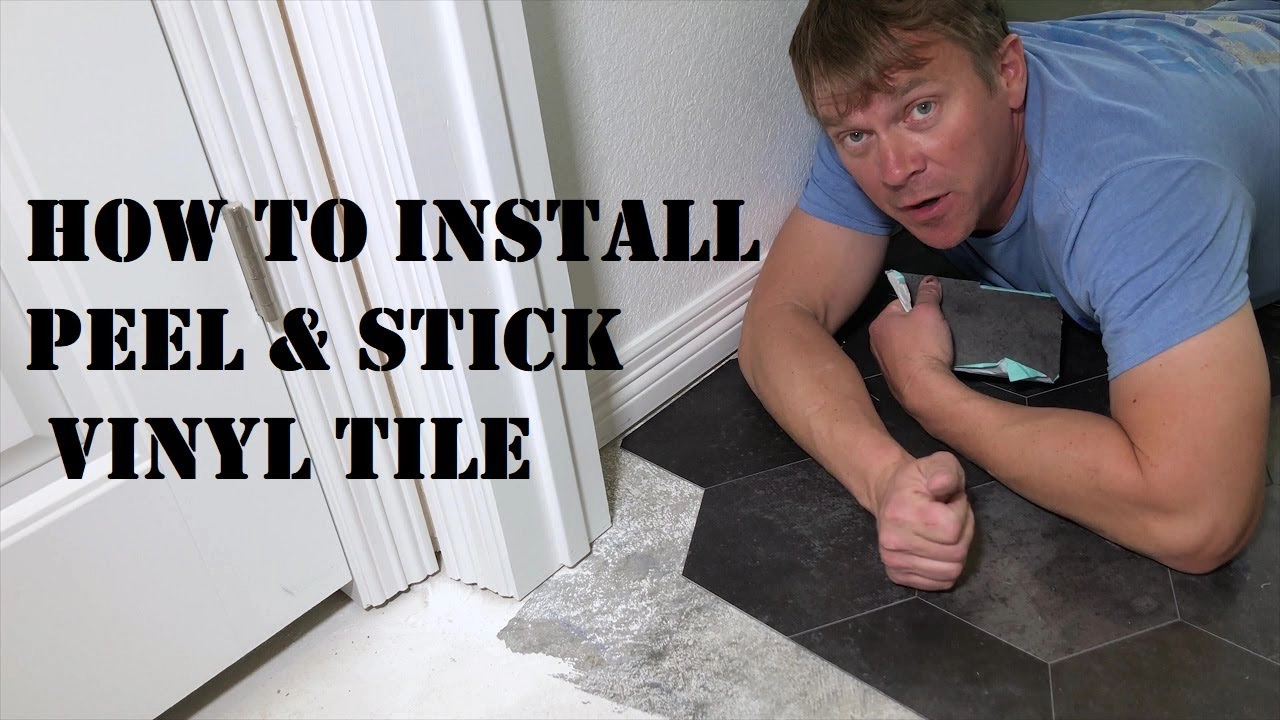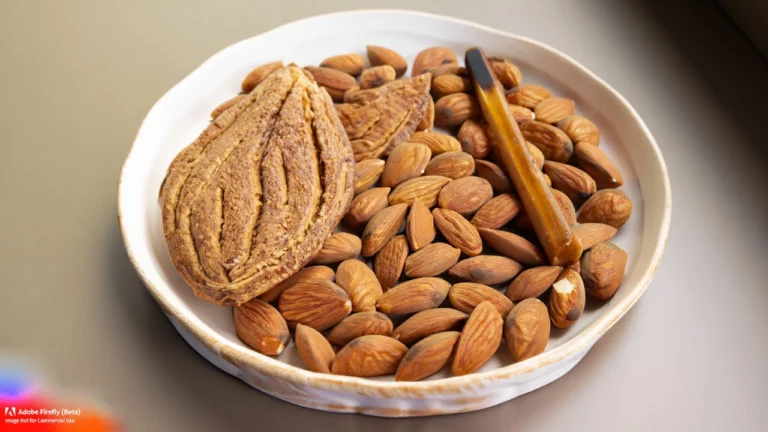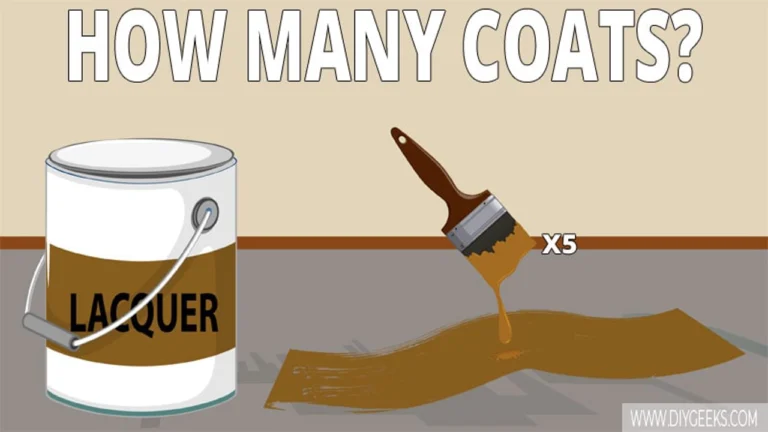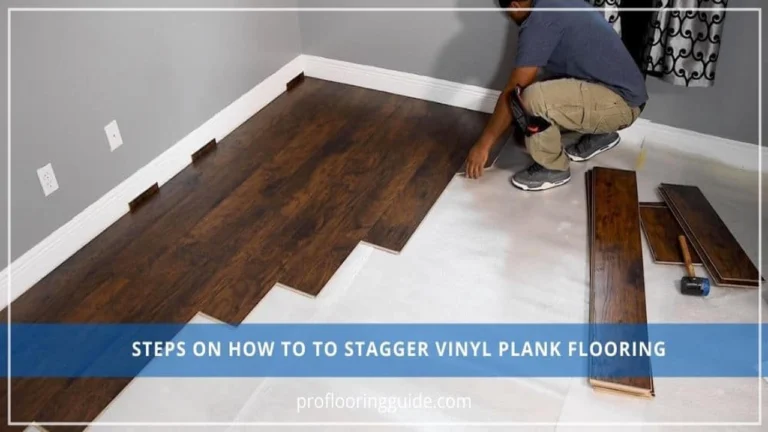Seal your peel and stick tiles the ultimate guide
How to seal peel and stick tile
Peel and stick tiles offer a convenient and budget-friendly way to transform any space. However, to ensure their longevity and beauty, sealing them is essential. Sealing helps protect the tiles from spills, stains, and wear and tear, preserving their vibrant colors and enhancing their durability. This process is relatively simple, and with the right tools and techniques, you can easily seal your peel and stick tiles and enjoy their stunning appearance for years to come.
seal peel and stick tile the secret you need to know

Peel and stick tiles have become a popular choice for home DIY projects, offering a quick and easy way to update kitchens, bathrooms, and more. They come in a variety of styles, colors, and textures, making it easy to find the perfect match for any décor. But while peel and stick tiles are easy to install, they can be more susceptible to damage and staining than traditional tiles. This is where sealing comes in.
Why Seal Peel and Stick Tile?
Sealing your peel and stick tile is essential for several reasons.
- Protection from water and moisture: Peel and stick tiles are often used in areas prone to spills and splashes, such as kitchens and bathrooms. Sealing them creates a protective barrier that prevents water from seeping into the tile, reducing the risk of warping, peeling, and mold growth.
- Enhanced durability: Sealing helps to strengthen the adhesive bond between the tile and the surface, making it more resistant to scratches, scuffs, and wear and tear.
- Easier cleaning: A sealed surface repels stains and dirt, making it much easier to clean. This is particularly helpful in high-traffic areas where spills and messes are more common.
Choosing the Right Sealer for Peel and Stick Tile
Not all sealers are created equal, and choosing the wrong one can damage your tiles or even void the manufacturer’s warranty. When selecting a sealer for peel and stick tile, consider the following:
- Water-based or solvent-based: Water-based sealers are typically easier to apply and have lower VOCs (volatile organic compounds), making them a more environmentally friendly choice. Solvent-based sealers, on the other hand, offer greater durability and moisture resistance.
- Gloss level: Sealers come in various gloss levels, from matte to high gloss. Choose a gloss level that complements the overall look of your tile.
- Compatibility: Ensure the sealer is compatible with the material of your peel and stick tile. Check the product label or consult the tile manufacturer for specific recommendations.
How to Seal Peel and Stick Tile: A Step-by-Step Guide
Here’s a step-by-step guide on how to seal your peel and stick tile:
- Prepare the tiles: Before you start sealing, make sure your tiles are clean and free of any dirt, dust, or debris. You can use a mild detergent and water to clean the tiles.
- Apply the sealer: Once the tiles are dry, you can apply the sealer. Follow the manufacturer’s instructions carefully, as the application method may vary depending on the type of sealer.
- Let the sealer dry: After applying the sealer, allow it to dry completely. This may take several hours or even a full day, depending on the sealer and the environment.
- Apply a second coat: For optimal protection, you may want to apply a second coat of sealer. Again, follow the manufacturer’s instructions carefully.
Essential Tips for Sealing Peel and Stick Tile
- Work in a well-ventilated area: Many sealers contain strong fumes. Working in a well-ventilated area will ensure you don’t inhale harmful chemicals.
- Use protective gear: Wear gloves and a mask to protect your hands and respiratory system from the sealer.
- Test the sealer in an inconspicuous area: Before sealing the entire surface, test the sealer on a small, inconspicuous area to ensure it doesn’t affect the color or texture of the tile.
- Avoid over-applying: Apply the sealer in thin, even coats. Over-applying can lead to streaking or a cloudy appearance.
Frequently Asked Questions about Sealing Peel and Stick Tile
How often should I seal my peel and stick tile?
The frequency of sealing depends on the type of sealer used and the level of wear and tear. For areas with high foot traffic or frequent spills, you may need to reseal every six months to a year. However, for areas with less wear and tear, resealing every one to two years may be sufficient.
Can I seal my peel and stick tile after it’s been installed?
Yes, you can absolutely seal your peel and stick tile after it’s been installed. Just make sure the tiles are completely dry before applying the sealer.
Can I use any kind of sealer on peel and stick tile?
No, not all sealers are compatible with peel and stick tile. Check the product label or consult the tile manufacturer for specific recommendations.
How do I remove a sealer from peel and stick tile?
If you need to remove the sealer, you can use a sealer remover or a mild detergent and water. Apply the remover or detergent to the tile and scrub gently with a soft-bristled brush. Rinse thoroughly with water and allow the tile to dry completely.
What are the best sealers for peel and stick tile?
Here are some popular and highly-rated sealers that are often recommended for peel and stick tile:
- Rust-Oleum NeverWet Water-Based Sealant: This water-based sealant is easy to apply and offers excellent protection against water and moisture.
- Thompson’s WaterSeal 00097 Sealant: This solvent-based sealant provides exceptional durability and moisture resistance.
- Aqua Mix Seal-N-Go Stone & Tile Sealer: This water-based sealer is designed for natural stone and tile, but it’s also suitable for peel and stick tile.
Conclusion
Sealing your peel and stick tile is a simple yet effective way to enhance its longevity, durability, and ease of maintenance. By following the steps outlined above and choosing the right sealer, you can ensure your peel and stick tile stays beautiful and functional for years to come.
peel and stick tile failing this one trick fixes everything
Peel and stick tiles are a popular choice for homeowners looking for a quick and easy way to update their spaces. They’re easy to install, affordable, and come in a wide variety of styles. But, one question that often arises is: how do you seal peel and stick tiles?
The truth is, “seal peel and stick tile the secret you need to know” isn’t as straightforward as you might think. While some peel and stick tiles are marketed as waterproof, many aren’t. And even those that are waterproof might benefit from an extra layer of protection.
Understanding the Need for Sealing
So, why do you need to seal “seal peel and stick tile the secret you need to know”?
- Moisture Resistance: Water can seep under the tiles, causing the adhesive to weaken and the tiles to peel off. This is especially important in high-moisture areas like bathrooms and kitchens.
- Durability: A sealant helps protect the tiles from scratches, stains, and abrasion, extending their lifespan.
- Sanitation: Sealing creates a smooth, non-porous surface that is easier to clean and prevents the growth of mold and mildew.
Types of Sealants for Peel and Stick Tiles
Not all sealants are created equal, and using the right one for your tiles is crucial.
- Epoxy Sealant: This is a durable and long-lasting option, providing a strong barrier against water and moisture. However, epoxy sealants can be difficult to apply and require a curing period before they are fully waterproof.
- Polyurethane Sealant: Polyurethane sealants are a popular choice for peel and stick tiles due to their ease of application and flexible nature. They offer good water resistance and can be found in a variety of finishes.
- Acrylic Sealant: This is the most affordable option, but it’s less durable and may not provide as much water resistance as epoxy or polyurethane sealants.
How to Seal Peel and Stick Tiles
Now that you know why and how to seal “seal peel and stick tile the secret you need to know”, it’s time to learn the process.
- Clean the Tiles: Before applying sealant, it’s essential to clean the tiles thoroughly to remove any dirt, grease, or debris.
- Prepare the Sealant: Read the manufacturer’s instructions carefully and prepare the sealant as recommended. You might need to shake the sealant or mix it with a hardener depending on the type of sealant you’re using.
- Apply the Sealant: Use a brush, roller, or sponge to apply a thin, even layer of sealant to the tile surface.
- Allow the Sealant to Dry: Let the sealant dry completely according to the manufacturer’s instructions. This could take anywhere from a few hours to a day.
Additional Tips for Sealing Peel and Stick Tiles
Here are a few extra tips to help you get the best results:
- Test in an Inconspicuous Area: Always test the sealant on a small, hidden area of the tile first to ensure it doesn’t damage the tile or affect the color.
- Work in Small Sections: Apply the sealant to small sections of the tile at a time, so you have enough time to work with it before it dries.
- Protect Surrounding Areas: Use painter’s tape to protect the surrounding areas from the sealant.
By following these tips and using the correct sealant, you can effectively protect your peel and stick tiles from water damage, scratches, and stains, ensuring they look their best for years to come. Remember, “seal peel and stick tile the secret you need to know” is about choosing the right sealant and applying it properly, giving your tiles the extra layer of protection they need.
Peel and Stick Tile Sealing Q&A
Q1: Do I really need to seal peel and stick tiles?
A: While peel and stick tiles are generally moisture-resistant, sealing them provides an extra layer of protection. This is especially important in areas like kitchens, bathrooms, and laundry rooms where they are exposed to more water and spills. Sealing also helps to prevent staining and makes cleaning easier.
Q2: What kind of sealant should I use for peel and stick tiles?
A: You should use a sealant specifically designed for vinyl flooring or tile. Avoid using silicone-based sealants as they can react with the adhesive on the tiles. Look for a water-based acrylic sealer for best results.
Q3: How do I apply the sealant to my peel and stick tiles?
A: Start by cleaning your tiles thoroughly with a damp cloth to remove any dirt or debris. Allow them to dry completely. Apply the sealant according to the manufacturer’s instructions, typically using a roller, brush, or spray bottle. Spread the sealant evenly across the tiles, paying attention to the edges.
Q4: How long should I wait before walking on my sealed peel and stick tiles?
A: Allow the sealant to dry fully before walking on the tiles. The drying time will vary depending on the sealant used and the environmental conditions. Check the manufacturer’s instructions for specific guidance.
Q5: Can I seal my peel and stick tiles after they have been installed?
A: Yes, you can seal your peel and stick tiles after installation. Just make sure the tiles have adhered properly and the adhesive has dried fully before applying the sealant.
Q6: How often should I reseal my peel and stick tiles?
A: The frequency of resealing will depend on the amount of foot traffic and the level of wear and tear the tiles receive. Generally, you should reseal your tiles every 1-2 years.
Q7: Can I use a wet mop on my sealed peel and stick tiles?
A: Yes, you can use a wet mop on your sealed peel and stick tiles. However, avoid using harsh cleaning products or abrasive scrubbers that could damage the sealant.
Q8: What if my sealed peel and stick tiles become stained?
A: If your sealed peel and stick tiles become stained, try cleaning them with a mild soap and water solution. Avoid using bleach or other harsh chemicals. If the stain persists, you may need to reseal the tiles.
Conclusion
Sealing your peel and stick tile is the final step in ensuring its longevity and beauty. By applying a sealant specifically designed for this type of tile, you create a protective barrier against water, stains, and scratches. This simple process not only enhances the tile’s appearance but also prevents premature wear and tear, guaranteeing that your project remains stunning for years to come.
Now that you’ve mastered the art of sealing your peel and stick tile, it’s time to show off your handiwork! Share your before and after photos in the comments below and let us know how your experience went. Don’t forget to spread the word on social media and tag us so we can admire your beautiful results. Together, let’s inspire others to transform their spaces with the magic of peel and stick tile.





